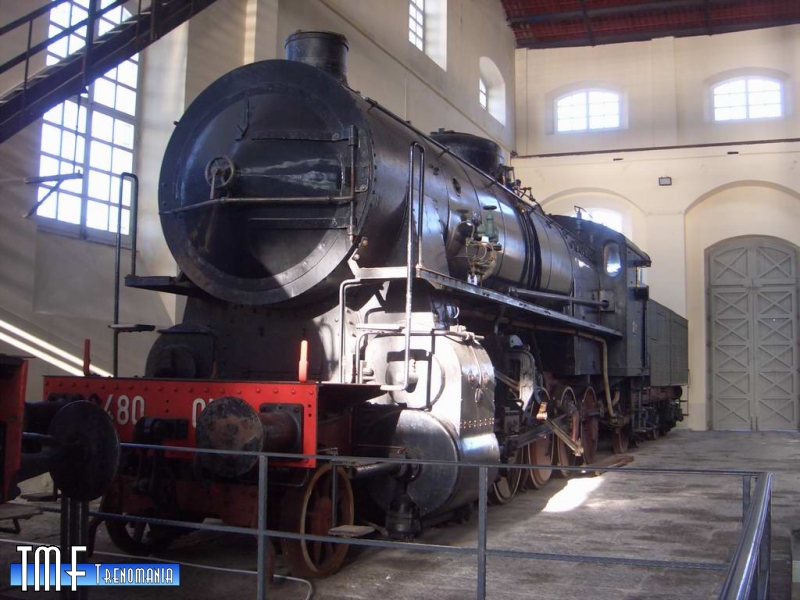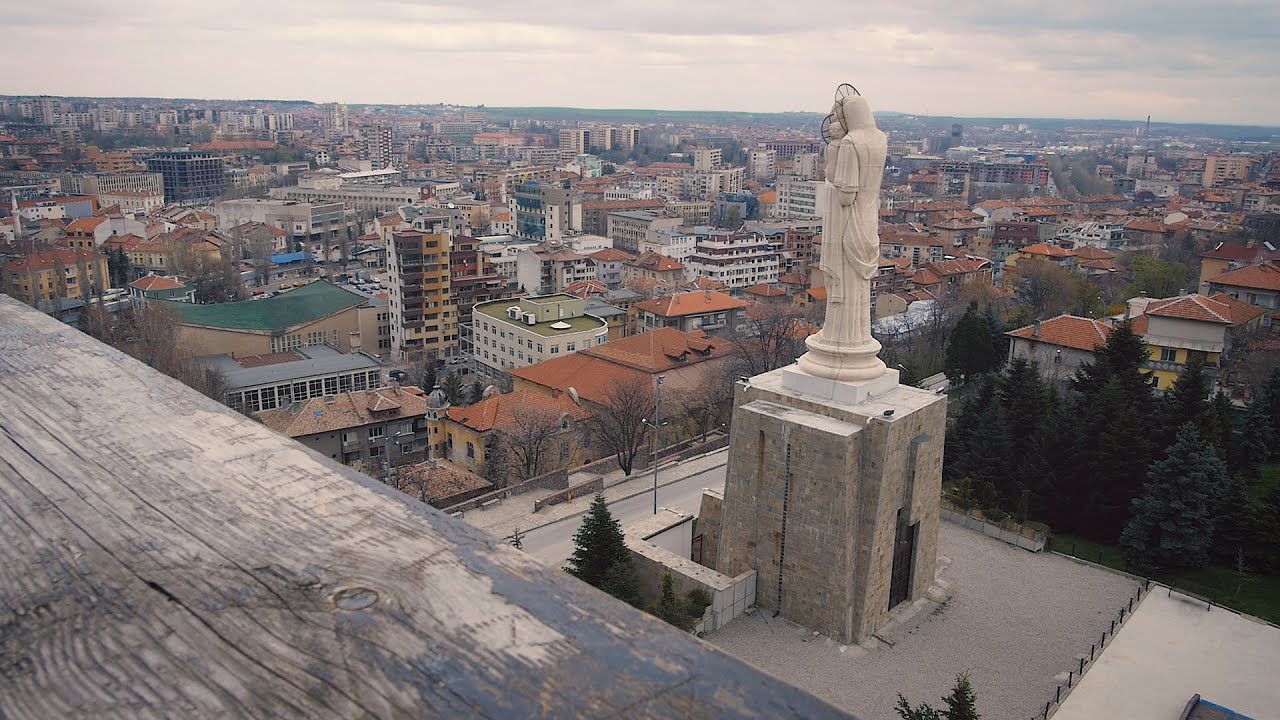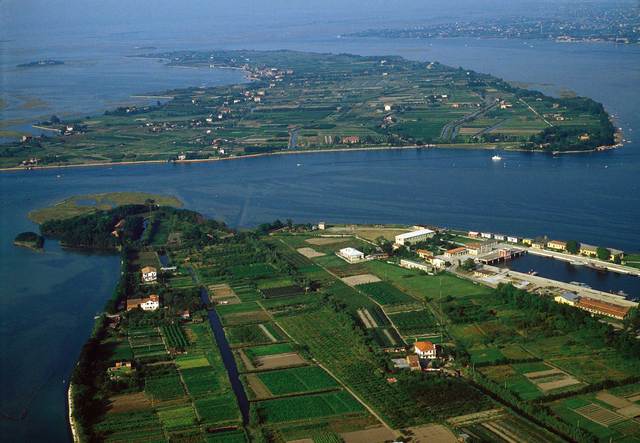A different museum, open to the curiosity of young people and all those who see the train as an irreplaceable tool for the future of public transportation. Pietrarsa is one of the symbolic places in the history of the State Railways, a bridge stretched between past and present that ideally connects the Bayard to the sophisticated and very fast High Speed trains.
Nestled between the sea and Mount Vesuvius, with a spectacular view of the Gulf of Naples, the Museum was set up, after careful conservative restoration, in one of the most important complexes of Italian industrial archaeology: the Royal Mechanical, Pyrotechnic and Locomotive Works, founded by Ferdinand II of Bourbon in 1840. A unique exhibition venue in the national panorama that, due to the suggestion of the rooms and the wealth of materials preserved, represents one of the most important railway museums in Europe. The museum was inaugurated in 1989. It covers an area of 36 thousand square meters, 14 thousand of which are covered. Outside, in the vast esplanade wide open to the sea stands the large cast-iron statue of Ferdinand II. More than 4 meters high and cast in the Opificio in 1852, it depicts the sovereign ordering with a regal gesture the founding of the Officine and seeming to watch over his precious creature with satisfaction.
The collections are now on display in the old pavilions of the Bourbon Works, which housed the departments specializing in the various processes of the production cycle.
Pavilion A
The former assembly pavilion houses the largest number of historic trains on display. Among the most famous pieces is the reproduction (made in 1939 on the occasion of the first 100 years of the State Railways) of the train with the Bayard locomotive, twin of the Vesuvio, which on October 3, 1839, inaugurated the history of the Italian railways by traveling in about 10 minutes along the first stretch of the peninsula’s railroad between Naples and Portici, with Ferdinand II, the royal family and court on board. Lined up along the walls are numerous steam locomotives on display. They ideally depict the evolution of steam traction over 100 years of technical progress: from the first saturated steam locomotives (e.g., the 875), to superheated steam locomotives (locomotives 640) to the highly successful and all-Italian experiment of the "Franco-Crosti" system. Applied on the 741 locomotives, it made it possible to preheat boiler water by economically reusing exhaust fumes. Among the Locotenders on display: the 290.319 with a three-axle tender, the first locomotive to enter the Museum; a mighty 477; the 910 for commuter trains, which could run in both directions, saving considerable time; the 835, a shunting locomotive so successful that 370 examples were built, affectionately christened "Cirilla" by the railwaymen; and the 740.115, one of the machines that transported the Unknown Soldier from Aquileia to Rome on October 29, 1921. Finally, the pavilion also displays three-phase alternating current locomotives, true pioneers of the first and important electrifications in northern Italy.
Pavilion B and C (former boiler and furnace department)
In the factory building of Halls B and C, which housed the boiler works and furnaces, carriages and railcars are now on display. An important specimen is carriage 10 of the Royal Train built by Fiat in 1929 for the wedding of Umberto II of Savoy to Marie Jose of Belgium. The carriage, which has become "Presidential" since 1946, was donated to the Museum in 1989 by Francesco Cossiga. It was part of the 11 carriages of the Royal Train and is distinguished by the richness of its interior furnishings: the salon has an eight-meter-long mahogany table with twenty-six seats. The ceiling is inlaid with gold leaf and medallions with the coats of arms of the four maritime republics. Five other carriages are on display in Pavilion C: a mixed third-class and baggage carriage; an antique three-axle postal carriage; a service vehicle used for test runs of locomotives just repaired at Pietrarsa; a prisoner transport car; and a first-, second- and third-class Centoporte carriage, typical FS cars that went into composition in almost all train categories. Four Littorine cars followed. Built in numerous units, they certainly marked the history of Italian travel. Other vehicles on display include the electric railcar E.623 "ex Varesina" and three DC locomotives including the E.626, an "all-rounder" car that served on the entire national network at the head of both long freight and passenger trains, local or direct.
Halls D, E and F (former forge department, spring center, boiler tubes)
HALL D – diesel locomotive sector. Five diesel locomotives are exhibited in this room. The first is D.342.4011, built by Ansaldo/Breda with hydraulic transmission, which contributed to the elimination of steam traction on some lines. Later it was preferred to adopt electric transmission, better suited to the gradients of the FS secondary network lines, represented at Pietrarsa by locomotive D.341.1016. Completing the diesel section are three other shunting locomotives including the 207 called sole because it is reduced to a simple, thin cab resting on four small rails.
PAVILION E – Cinema Hall
HALL F – workshop tool section. Several colossal machines and tools from the old workshops are preserved here: the calender, which was used to bend the strong iron sheets; the boring machine with which holes were drilled in the connecting rods of locomotives; and two huge hammers, once powered by steam and later by compressed air.
Hall G (former lathe department)
This pavilion, the oldest building in the complex, was built in 1840. It is known by the nickname "The Cathedral" for the imposing and magnificent pointed arches that give it a striking and majestic appearance. It houses numerous models of trains including those of the Bayard, one of the very first Italian locomotives, the E.432, three-phase alternating current locomotive of the E.428, 3000 V direct current, equipped with eight motors and with a maximum speed of 130 km/h, the ALe 880 electric train, the prototype of which was built in 1937, characterized by the aerodynamic profile of the front cab and equipped, on the other end, with a bellows inter-communicating door to allow passengers to pass between the trailers, the D.443, the prototype of which was built in 1966 for use on non-electrified lines to replace the now outdated steam locomotives, of the D.245, diesel-hydraulic locomotive, used for shunting in the yards to replace the older locotenders.
On display in the pavilion are plastic models and various railway objects including: the famous Three Hundred Trains model, 18 meters long and more than 2 meters wide; the ancient double mushroom rails, resting on the lava stone nuts used on the ancient railways before the more modern sleepers were adopted. Also on display are numerous objects and machinery from demolished ferries. Among others are some models of ferries from the FS fleet.













